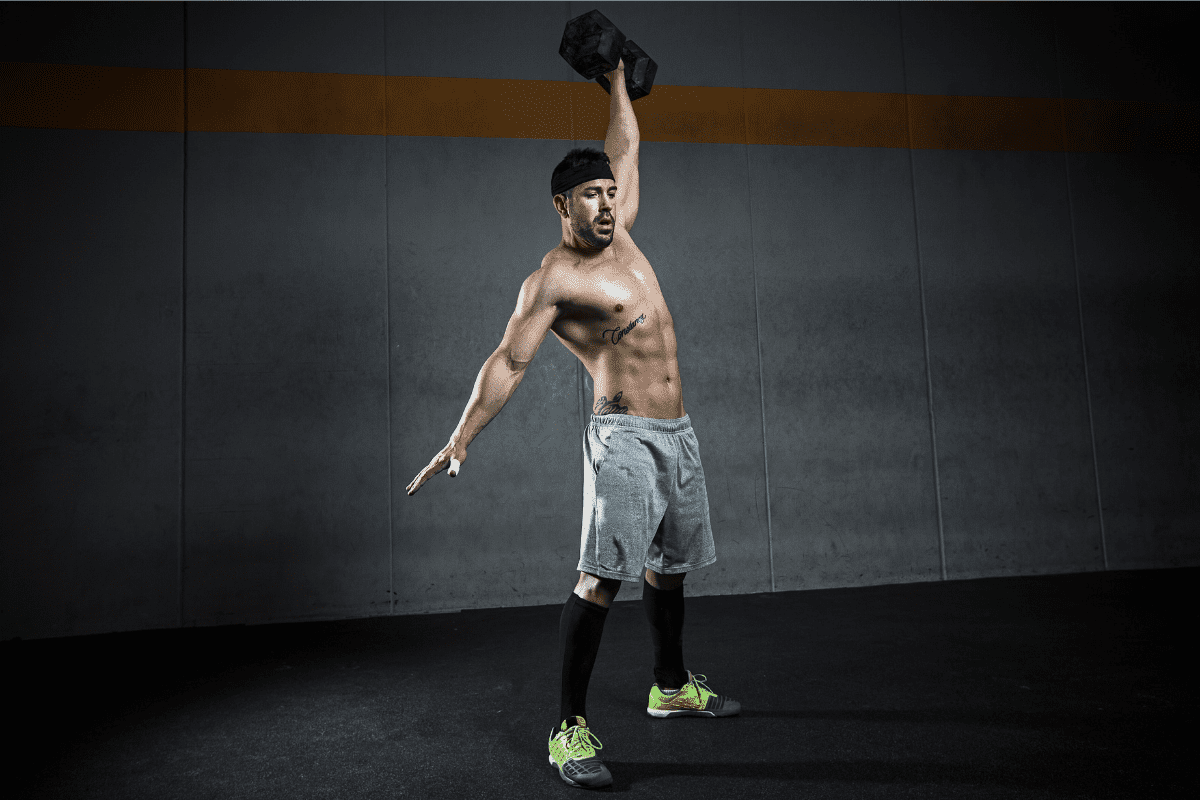8 Best Single Arm Dumbbell Snatch Alternatives For Power
Single Arm Dumbbell Snatch is one of my favorite exercises to use with athletes. It’s an Olympic lift variation that really focuses on a powerful hip extension that translates to so many sports and athletic movements.
However, sometimes you may find yourself needing a Single Arm Dumbbell Snatch alternative.
You might not feel comfortable with your technique yet or you may not have access to the proper equipment. Whatever the reason, if you need an alternative for Dumbbell Snatches, you’re in the right place.
I’ve been a College Strength Coach for two decades and here are my 8 favorite Single Arm Dumbbell Snatch alternatives that are still great for developing power.
Alternatives for Dumbbell Snatch
Single Arm Dumbbell Snatch is an Olympic lift variation of the Snatch. Instead of starting from the floor with a barbell and catching in a full overhead squat position, a Dumbbell Snatch starts with a dumbbell just below the knee and finishes in a quarter squat power position.
What makes the Dumbbell Snatch great is its focus on the triple extension portion of the lift. This power movement is one of my personal favorites to use when training athletes.
The alternatives listed below are also great movements that focus on that same powerful triple extension of the hips, knees and ankles.
Hang Muscle Snatch
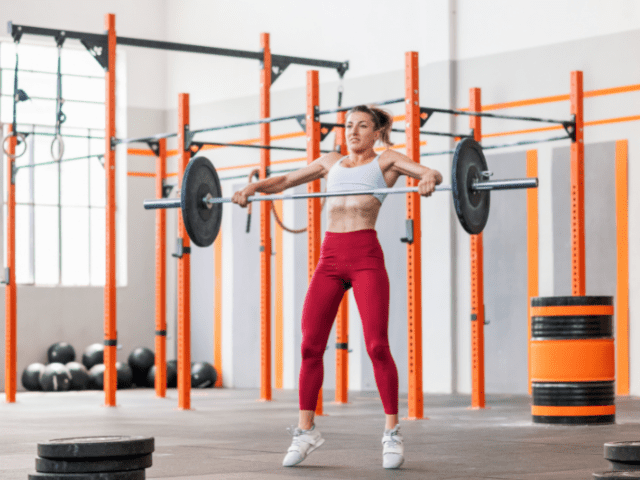
If you have a barbell, but no dumbbells, Hang Muscle Snatch is a great alternative. I like to program Hang Muscle Snatch just before progressing into Hang Power Snatches to reinforce the hip extension movement pattern.
Instructions
- Using a snatch grip (hands outside the snatch rings), pick up the bar and stand tall.
- Pull the shoulder blades back and engage the lats to lock the back in the place.
- Put a slight bend in the knee and hinge forward by pushing the hips back and letting the bar slide down the thigh.
- Stop once the bar reaches the bottom of the thigh, just above the knee. Shoulders should be above or slightly in front of the bar.
- Now, explosively extend the hips and pull the bar high once triple extension of the hips, knees and ankles has been achieved.
- Finish the movement by rotating the hands above the elbow.
- The finishing position should be with the lifter fully extended. This is much different than most other variations of the snatch where the lifter catches in a full or quarter squat.
Coaching Points
Once the weight gets heavy enough, the natural adjustment of the lifter will be to bend the legs to dip slightly under the bar in order to get full arm extension. Resist this urge to want to dip the legs. If the lift isn’t possible without bending then lower the weight.
I want to note that there are multiple Snatch variations that I’m not even mentioning as an alternative.
Snatch, Hang Snatch, Hang Snatch High Pull and Snatch from Blocks are just Snatch variations that alter either the starting or catch position (or both). I mention this because I am going to list two snatch variations as alternatives (and why those two specifically), but just know that there are many more variations you could choose from.
Snatch Pulls
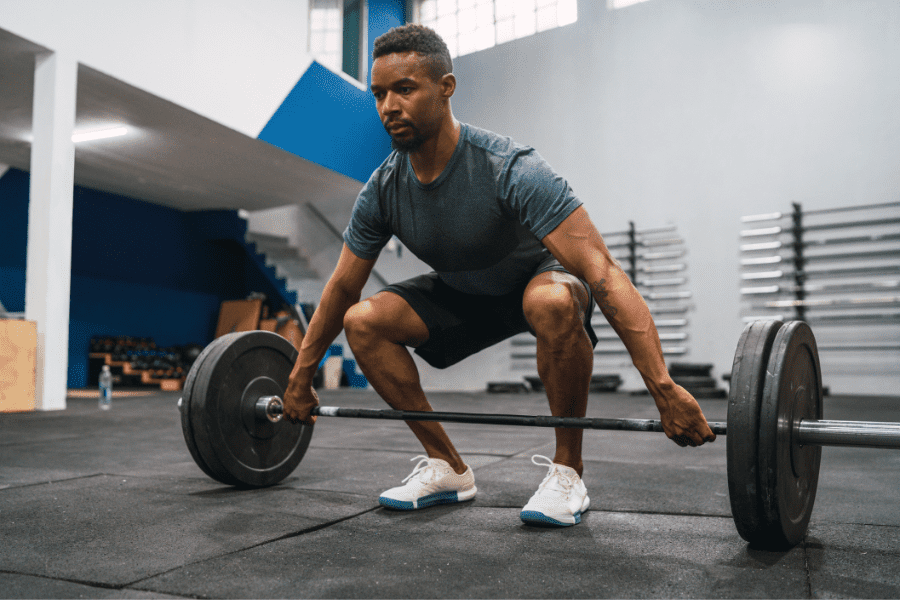
If catching overhead is an issue for any reason, Snatch Pulls can make a great Dumbbell Snatch alternative.
Step-by-Step Instructions
- Choose a suitable weight on the barbell and position it over your mid-foot.
- With feet hip-width apart, grip the bar with hands wider than shoulder-width, maintaining a flat back and shoulders over the bar.
- Lift the bar by powerfully extending the hips and knees, keeping it close to your shins.
- As the bar passes your knees, explosively extend your hips and rise onto your toes, shrugging your shoulders.
- The bar should reach maximum height, with your body fully extended and shrugging upwards.
- Control the bar back down to the starting position (or drop the barbell and reset).
Coaching Points
*One of the biggest mistakes in technique is that lifters will shoot their butt up first, locking their knees out and then they end up pulling the bar with their back instead of their legs. This is most often caused by lifters trying to rush the first pull too much. Don’t get ahead of yourself.
Dumbbell Hang Power Clean
The Dumbbell Hang Power Clean is essentially the Clean version of the Dumbbell Snatch. Can be done with either one arm or both, depending on goals and abilities.
Instructions
- Stand with feet hip-width apart, holding the dumbbells in front of you with palms facing your thighs.
- Slightly bend your knees and hinge forward at the hips, lowering the dumbbells towards your knees.
- Swiftly extend your hips and knees, pulling the dumbbells upward by driving your elbows high.
- While the dumbbells are elevating, rotate your wrists under them and catch them at shoulder height, elbows pointing forward.
- Control the dumbbells back to the hanging position, maintaining a neutral spine.
Coaching Points
Make sure to maintain a neutral, flat back during the hinge. One of the biggest mistakes that can lead to an injury is allowing the back to round during the hinge. This puts an excessive amount of strain on the spine as the athlete begins the movement.
The dreaded rounded back can also occur if the lifter hinges too aggressively and quickly extends without maintaining a braced core. I usually see this when athletes are trying to ‘rock’ into the pull instead of getting properly set.
Need a Training Program?
Visit the Horton Barbell Shop and Use Code “HB10” for 10% Off ANY Program!
Hang Power Clean
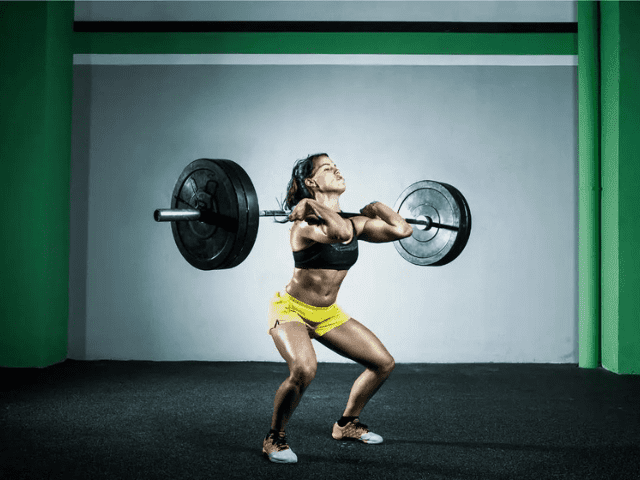
As you can probably guess, the Hang Power Clean is the barbell equivalent of the Dumbbell Hang Power Clean. It’s also one of the best exercises for focusing directly on the triple extension.
Instructions
- Select an appropriate weight on the barbell and stand with feet hip-width apart.
- Hold the bar with a hook grip, hands slightly wider than shoulder-width, and bar at mid-thigh level.
- Slightly bend at the hips and knees, lowering the bar just above the knees.
- Powerfully extend the hips and knees, pulling the bar upward with high elbows.
- As the bar ascends, drop under it slightly, catching it on your front shoulders while bending your knees.
- Extend your hips and knees to stand upright, securing the bar on your front shoulders.
Coaching Points
Make sure to maintain a neutral, flat back during the hinge. One of the biggest mistakes that can lead to an injury is allowing the back to round during the hinge. This puts an excessive amount of strain on the spine as the athlete begins the movement.
Medicine Ball Cannonball Throws
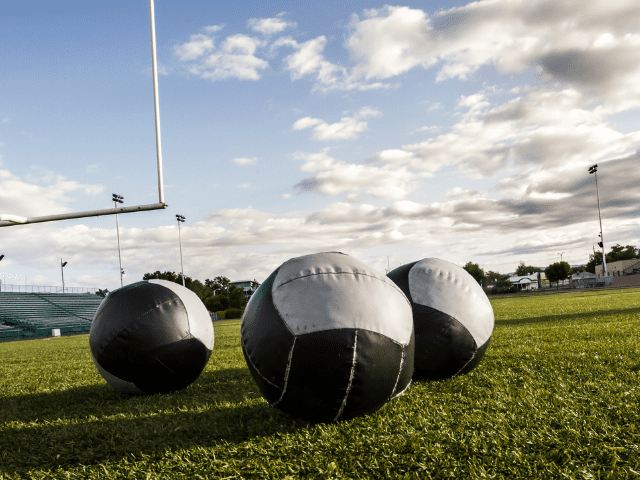
The most beginner-friendly exercise on the list, Medicine Ball Cannonballs provide many of the same benefits as Dumbbell Snatch (coordinated explosive triple extension).
But, because they’re done with a medicine ball they’re less intimidating and (because they’re much lighter) more forgiving of technique errors.
How To
- First, make sure you have enough ceiling height to be able to do Cannonballs. I recommend doing them outside to avoid this issue altogether.
- Grab the ball with both hands cradling under the ball. Stand tall, feet shoulder-width apart.
- Pull the shoulder blades back, engage the lats and core, slightly bend the knees and hinge forward at the hips.
- Allow the medicine ball to fall in between the shins.
- You should now be in a good athletic position that looks very similar to the starting position of a Hang Clean.
- From here, explosively drive the feet through the ground and aggressively extend the hips and throw the ball as high as possible*.
- Allow the ball to hit the ground, grab it, then reset and repeat.
Coaching Points
Do NOT try to catch the ball directly out of the air. This is a great way to jam a wrist or a finger. Allow the ball to hit the ground first before grabbing it for the next rep.
Box Jumps
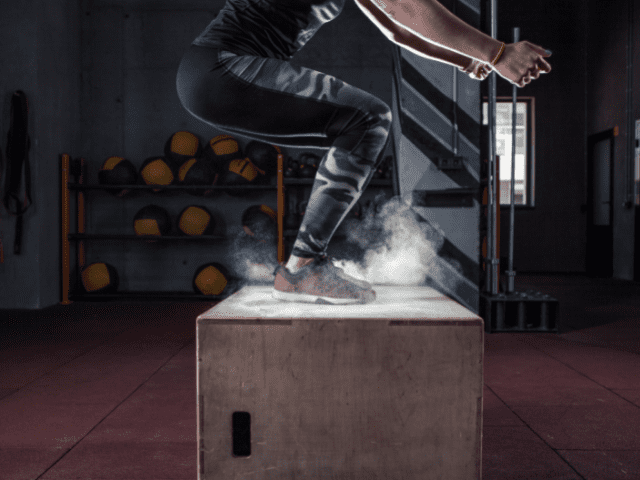
Box Jumps are one of the most popular plyometric exercises that also help develop explosive power. They’re also easy to add resistance to with a weight vest.
If you need a less-technical, beginner friendly Dumbbell Snatch alternative then Box Jumps are one of your best options.
Step-by-Step Instructions
- Select a box or platform that is a challenging, yet safe height.
- Stand facing the box, feet shoulder-width apart, and a few feet away from it.
- Begin by slightly bending your knees and hips, arms back, readying for the jump.
- Powerfully extend your hips and knees, swinging your arms forward and propelling your body upward.
- Aim to land softly on the box with both of your feet fully on it, knees slightly bent.
- Stand straight, stabilizing yourself on the box.
- Carefully step back down to the starting position, one foot at a time.
Coaching Points
Pick a box that is an appropriate height. You should land on the box in roughly a quarter-squat position. All too often I see athletes jump on a box that is way too high, causing them to have to land in a full squat position.
Barbell Quarter Squat Jumps
Barbell Quarter Squat Jumps are an advanced exercise that, if done correctly, can be a very effective movement for developing power.
How To
- Set up on the barbell in the rack as if you were preparing to Back Squat (high bar position).
- Unrack the bar and step back out of the rack.
- Actively pull the bar into the shoulders and engage the lats. This is to keep the bar from floating away from the shoulders and potentially hitting the back of the head.
- Place feet shoulder-width apart, breathe in and brace the core.
- Dip the hips about 4 to 6 inches, keeping feet flat on the floor and torso mostly vertical.
- Immediately explode out of the dip and jump as high as possible in the air.
- Bend the hips and knees to absorb force when landing, making sure to keep the core braced.
Coaching Points
I cannot overemphasize how important it is to brace for each and every rep. Aggressively dipping, driving and landing with weight loaded on the shoulders without being properly braced can lead to injury.
Trap Bar Pulls
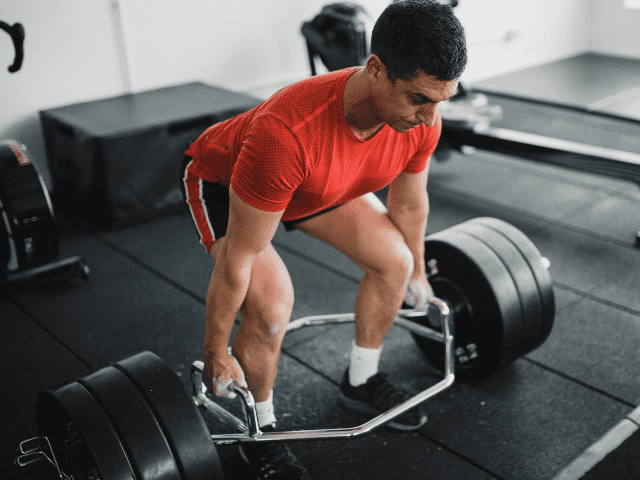
If you have access to a Trap Bar (also called a hex bar), Trap Bar Pulls are another effective exercise for improving power development.
Step-by-Step Instructions
Setup
- Step inside the trap bar.
- Place feet roughly shoulder-width apart.
- Toes either straight ahead or ever so slightly turned out.
- Hinge at the waist and bend at the knee simultaneously until you’re able to grab the bar handles.
- Eyes focused straight ahead or slightly down.
- Take a deep breath to brace the abdominal muscles.
- In the final setup position, pull the chest up, and shoulder blades back, while still maintaining a brace in the abdominal muscles and get ready to lift.
Lift
- The lifter drives their feet through the floor, and drives the hips forward, keeping tension in the abdomen and upper back, maintaining the hand position over the midfoot.
- Once the bar crosses the knees it should “double in speed” from the lifter aggressively triple extending the hips, knees and ankles.
- As soon as full extension is reached the lift should be finished with an aggressive shrug.
- Either drop the bar or lower it down under control back to the starting position.
Coaching Points
Easily the most common mistake for deadlifts or pulls of any kind is allowing the back to round, placing unnecessary stress on the back. Keep the back flat throughout the movement and the core braced.
Do not bounce the bar off the floor between reps. Yes, bouncing the plates off the floor into the next rep may make the lift easier to do, but it’s also a good way to allow your technique to break down. Reset for each rep.
Pro Tip: Trap Bars can vary quite a bit in weight. Keep that in mind if you’re using a bar that you’re not familiar with.
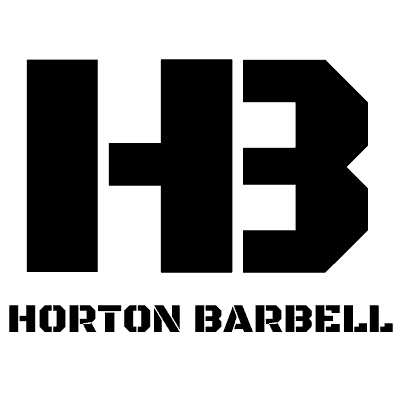
Get Shredded… For Free
Get a free workout Monday through Friday, posted right here on Horton Barbell. These workouts are designed to help you get strong, in shape and look great at the beach!
Final Thoughts
Single Arm Dumbbell Snatch is an excellent exercise for power development but sometimes Dumbbell Snatches are just not an option. You may not have the proper equipment (i.e. dumbbells) available to you or at other times you might just be looking to add some variety to your training program.
In these situations, you’ll need a Single Arm Dumbbell Snatch alternative and I hope that at least one of the alternative exercises I’ve listed here fits what you were looking for.

